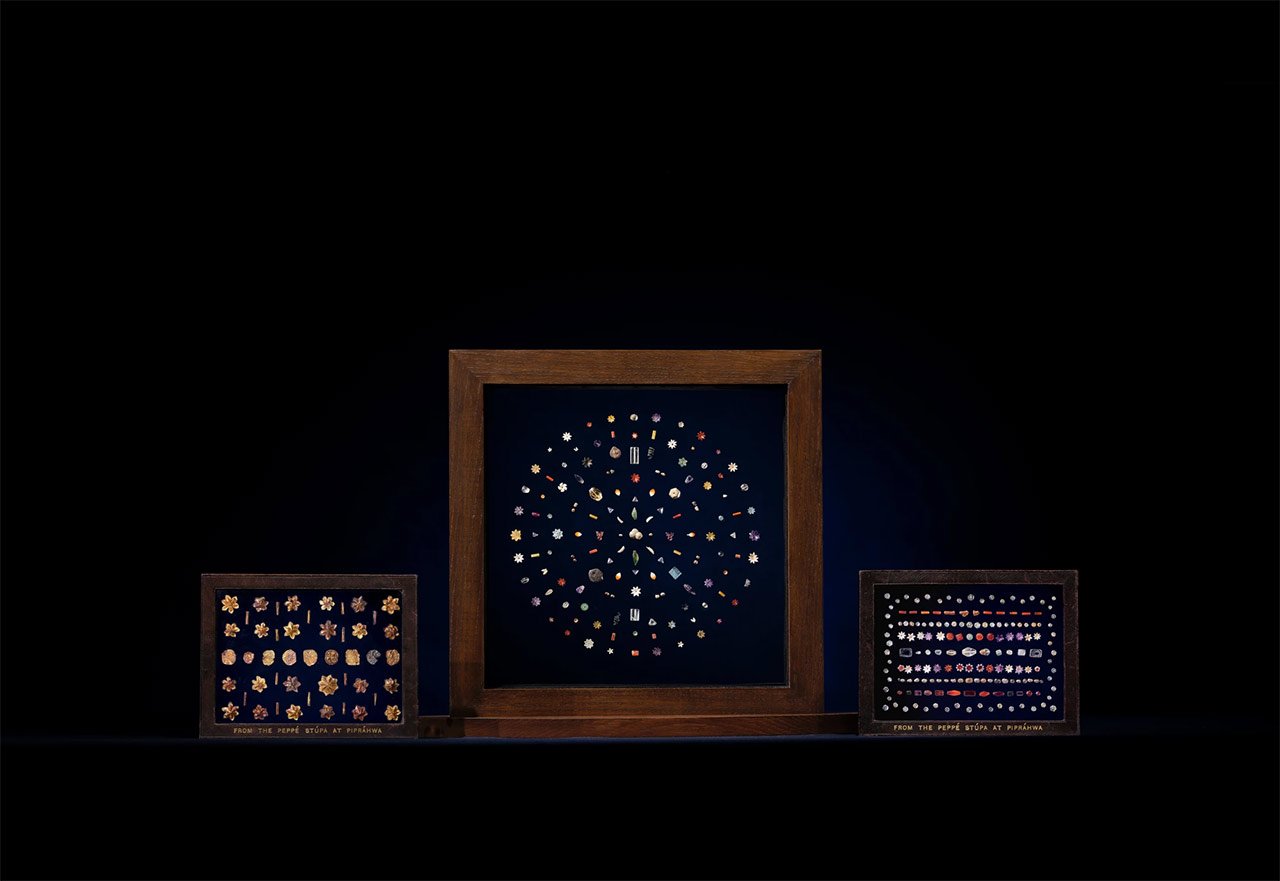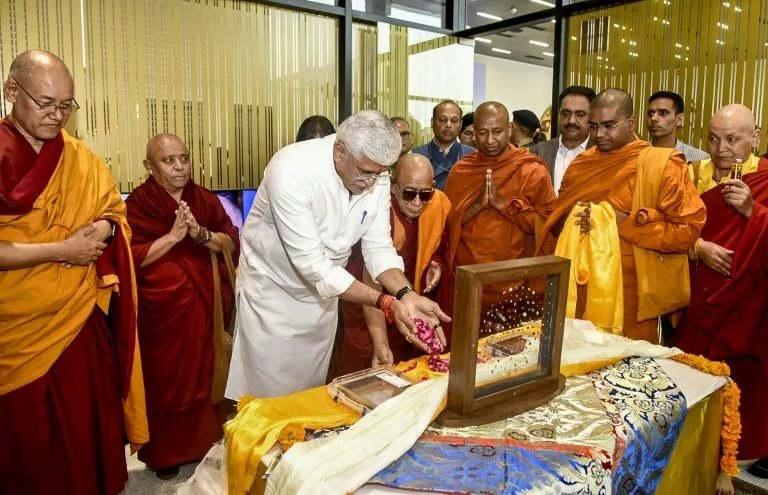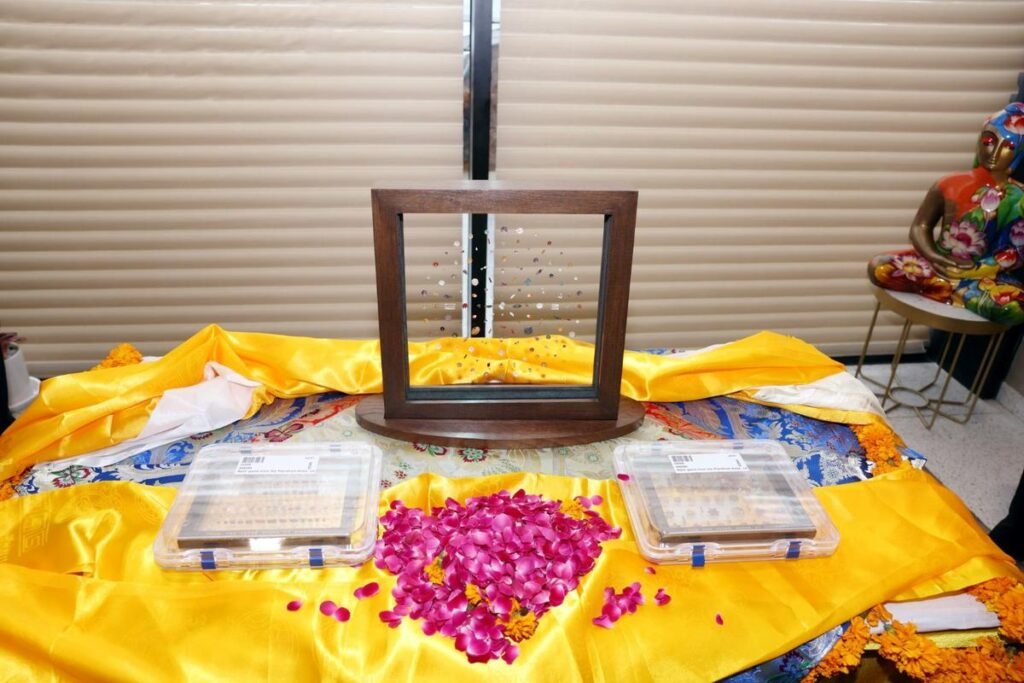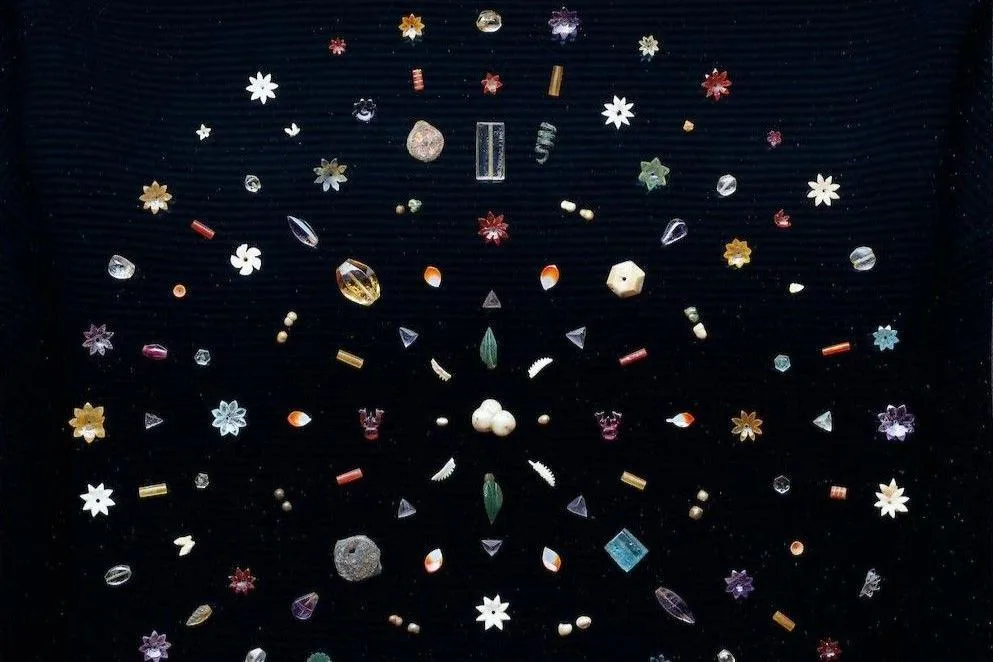Sotheby’s Buddha Return: Jewels of Deep Historical Significance Repatriated to India
The Sotheby’s Buddha return has made headlines globally, as the auction house hands over a set of sacred jewels to India following mounting pressure from the Indian government and Buddhist leaders worldwide. The returned artefacts, linked to the Buddha’s remains, include nearly 1,800 pearls, rubies, sapphires, and gold decorations.

The collection, known as the Piprahwa Gems, was scheduled for auction in Hong Kong in May. However, diplomatic intervention and legal threats from Delhi led to its cancellation. The Mumbai-based Godrej Industries Group has since acquired the jewels.
How the Sotheby’s Buddha Return Was Achieved Through Peaceful Negotiation
Sotheby’s stated it was “delighted” to facilitate the return. The process involved two months of talks between the owner, the buyer, and the Indian government. The jewels will now go on permanent public display in India.
Indian Prime Minister Narendra Modi hailed the return as a “proud and joyous moment.” He called it a victory for the nation’s cultural heritage, noting that the relics are returning home after 127 years.
Godrej’s Role in the Buddha Jewels Return Legacy
Godrej Industries serves more than a billion consumers globally across sectors like real estate, agriculture, chemicals, and consumer goods. Its Executive Vice Chairperson, Pirojsha Godrej, described the jewels as “timeless symbols of peace, compassion, and shared heritage.”
“We are deeply honoured to contribute to this historic moment,” he said.
Unearthed in 1898, Lost to History
The jewels were discovered in 1898 by William Claxton Peppé, an English estate manager, during the excavation of a stupa in Piprahwa, northern India. The site lies near the Buddha’s birthplace. Alongside the jewels were bone fragments placed in an inscribed urn identifying them as belonging to the Buddha.

Most of the original findings, including relics and urns, were handed to the colonial Indian government. Some relics were sent to the King of Siam (Thailand), while others went to the Indian Museum in Kolkata.
However, a significant portion of the jewels remained hidden for more than a century in a British private collection.
Public Exhibitions and Rising Controversy
In recent years, around 300 gems held by the Peppé family appeared in major exhibitions. These included showings at Sotheby’s Hong Kong and The Met in New York. The family also created a website to document and share their findings.

The auction plan faced global backlash, with many scholars and Buddhist leaders questioning the ethics of selling sacred items tied to religious figures. Some critics doubted the seller’s moral and legal right to auction such relics. Others argued that the objects should be revered, not sold.
Ethical Debate Sparks Intervention
Naman Ahuja, a renowned Indian art historian, voiced concern about commodifying sacred relics. He questioned how a custodian could ethically justify selling objects considered holy by millions of Buddhists.
On the other side, Chris Peppé, great-grandson of William Claxton Peppé, defended the auction. He said that despite attempts to donate the relics, every option presented difficulties. According to him, an open sale appeared to be the most transparent and fair route. Sotheby’s Buddha return.

Peppé also claimed that in his visits to Buddhist monasteries, few saw these relics as corporeal. He said that only a small number of academic interpretations had led to the recent controversies.
Final Resolution: A Return to India
Following media coverage and government concerns, Sotheby’s postponed the sale on 7 May. Talks between the Indian government and the auction house began soon after.
This week, Sotheby’s confirmed the gems’ return and praised the Peppé family. The auction house acknowledged the family’s role in preserving the relics and thanked them for working with India to reach a “historic outcome.




